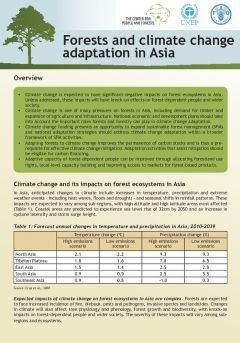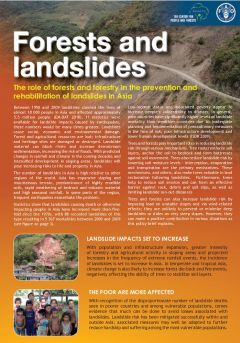Wildlife Conservation (Wildlife Management Areas) Regulations, 2012 (G.N No. 206 of 2012).
These Regulations make provision for the declaration, administration and management of wildlife management areas and the establishment of Community Based Organizations for such administration and management. They also provide for non-consumptive and consumptive utilisation of resources of wildlife management areas, the resolution of disputes and management of conflicts in such areas and define offences.Any village intending to designate an area as a Wildlife Management Area shall first establish a Community Based Organization in the manner prescribed under the Trustees’ Incorporation Act.





